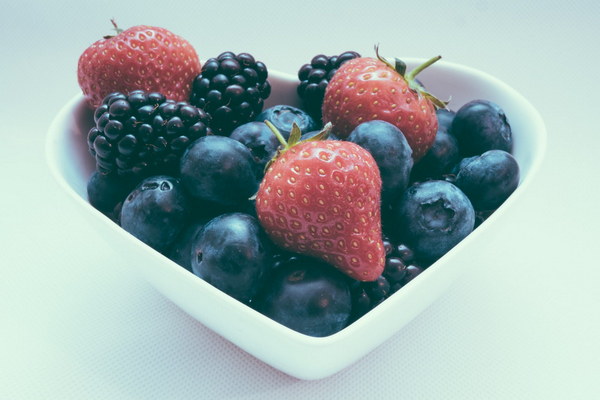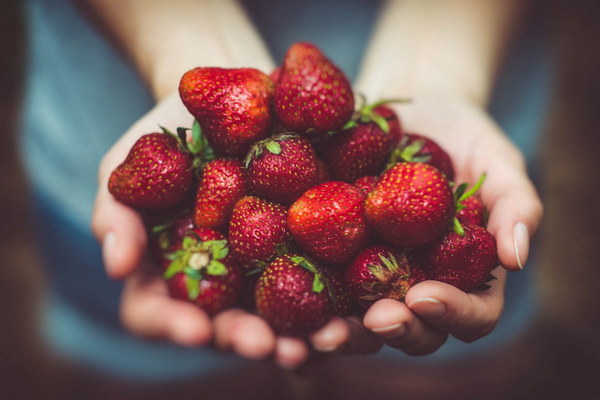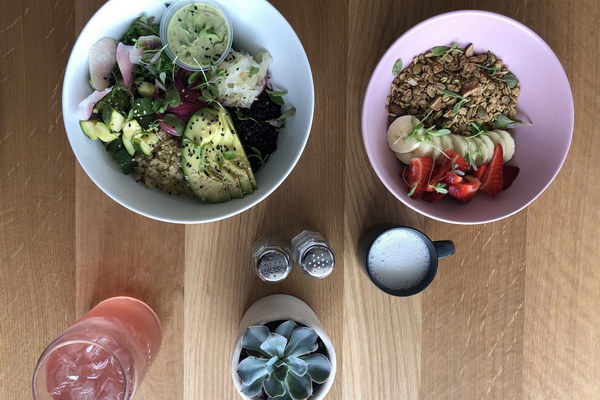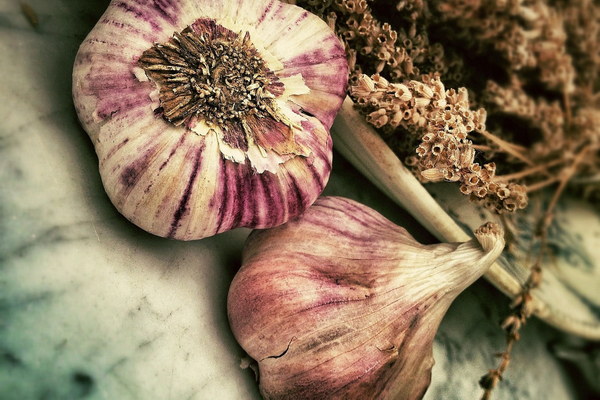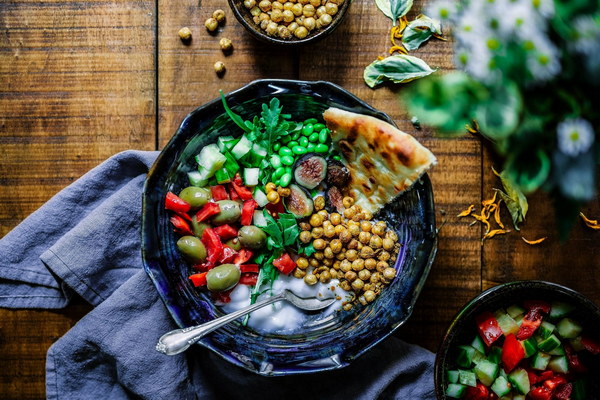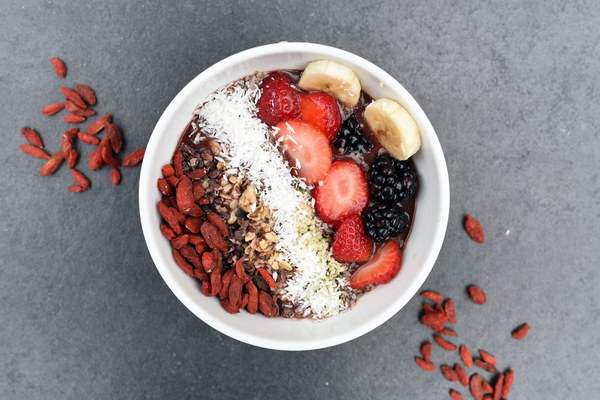Nourishing the Soul A Journey into Traditional Chinese Food Therapy
In the heart of Chinese culture, food is not just sustenance; it is a medicine that heals the body, nourishes the soul, and balances the mind. Traditional Chinese Food Therapy, or Yisheng, is a holistic approach to wellness that has been practiced for thousands of years. It emphasizes the use of natural, locally-sourced ingredients to prevent and treat illness, while also promoting overall health and longevity.
The foundation of Chinese food therapy lies in the belief that the body is a microcosm of the universe, with its own balance of yin and yang, the five elements, and the meridians of the body. By consuming the right foods, one can maintain or restore this delicate balance, leading to a healthier life.
Harmony of Flavors and Colors
One of the key principles of Chinese food therapy is the balance of flavors and colors. Each flavor—salty, sweet, sour, bitter, pungent, and spicy—has its own therapeutic properties. For instance, saltiness is believed to help with fluid balance and digestion, while bitterness aids in cooling the body and clearing heat.
Similarly, colors play a significant role in Chinese cuisine. Each color is associated with different organs and functions in the body. Green, for example, is linked to the liver and eyes, while red is associated with the heart and blood. A diet rich in a variety of colors ensures that all organs receive the nutrients they need.
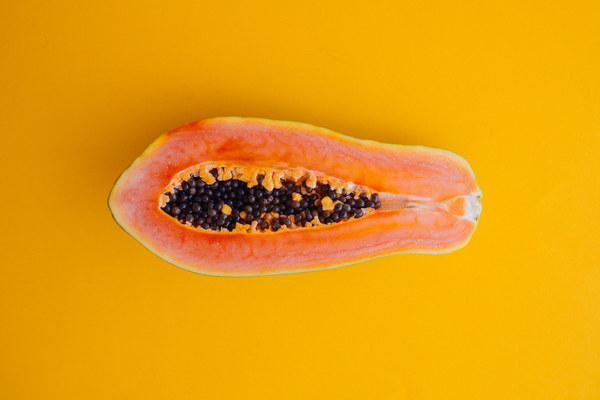
The Power of Seasonal Ingredients
Chinese food therapy is deeply rooted in the belief that the body should be in harmony with the seasons. Seasonal ingredients are believed to have the most potent healing properties, as they are at their peak freshness and vitality. In spring, for example, it's common to consume greens like bok choy and asparagus to support liver function, which is emphasized during this season.
Common Remedies and Recipes
1. Ginseng Chicken Soup: Known as Jin Gui Si Wu Tang in Chinese, this soup is a staple in winter. It uses ginseng to boost the immune system, while chicken provides warmth and nourishment. Other ingredients like goji berries and astragalus root are added for their health benefits.
2. Sour Plum Tea: Sour plums are a favorite in autumn. They are believed to aid in digestion and boost the body's resistance to colds and flu. Simply steep dried sour plums in hot water for a refreshing tea.
3. Bamboo Shoots and Pork Soup: This soup is a cooling remedy for hot summer days. Bamboo shoots help to expel heat, while pork provides a source of protein and hydration.
Culinary Techniques
The way food is prepared also plays a role in its therapeutic effects. Steaming, for instance, is a gentle cooking method that preserves the nutrients of the ingredients. Soups and broths are often used to deliver the benefits of various herbs and spices directly to the body.
The Mind-Body Connection
Chinese food therapy is not just about what we eat; it's about how we eat. Mindful eating, or Chizhi, encourages us to savor our food, chew thoroughly, and be present during meals. This practice helps to enhance digestion and absorb the nutrients more effectively.
In conclusion, Traditional Chinese Food Therapy is a profound and ancient system that continues to offer invaluable insights into health and wellness. By embracing the principles of balance, seasonality, and mindfulness, we can harness the power of food to nourish our bodies and souls, and enjoy a healthier, happier life.

